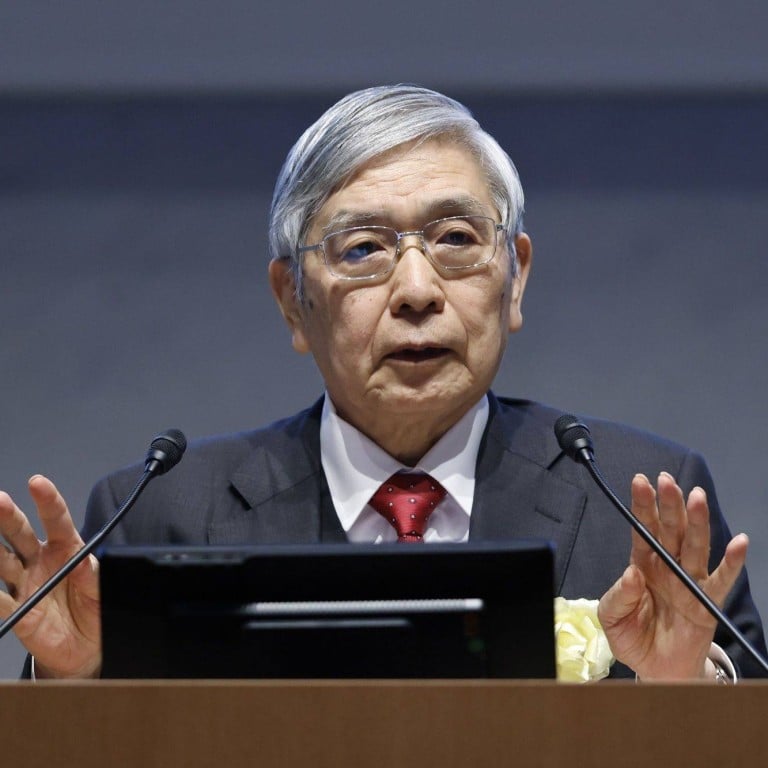
Pressure is building for Japan to give up its ultra-loose monetary policy
- Rising inflation and a weak yen are prompting expectations of a policy shift and a bond sell-off. The Bank of Japan will have to move carefully to avoid market volatility
In its January meeting, the BOJ argued that more time was needed to confirm that the current inflation momentum will prevail. This will partly depend on the spring wage negotiations between businesses and labour unions.
There is also a question about the long-term fiscal health of the Japanese government if bond yields rise substantially. According to the Organisation for Economic Cooperation and Development, the government’s gross debt reached 226 per cent of its gross domestic product in 2021. Higher rates could raise interest expenses for the government.

This rising inflation has prompted market expectations of a policy shift. Investors sold Japanese government bonds, leading to a drop in price and a rise in bond yields. Given the central bank’s commitment to keeping 10-year bond yields at around zero, it has to keep buying them in the market.
By the end of last September, the BOJ was holding more than 50 per cent of total outstanding government bonds – 536 trillion yen (US$4.1 trillion) out of the 1,066 trillion yen total. This would have risen further in the fourth quarter of 2022 as the central bank actively absorbed the bonds sold by investors.
Bank of Japan ‘playing for time’ with easing stance despite yen plunge: analysts
Clearly, both economic and technical factors are pushing the BOJ to reassess its long-held policy. This will be a big challenge for the new governor, who is expected to assume the position in April. The good news is that the front runners for the job are all experienced central bankers, which should help with policy credibility and continuity.
After all, departing from such an entrenched policy requires skilled communication with the market and businesses to avoid volatility. This may not be limited to Japan and could include the global market.
Tai Hui is chief market strategist for the Asia-Pacific at JP Morgan Asset Management

